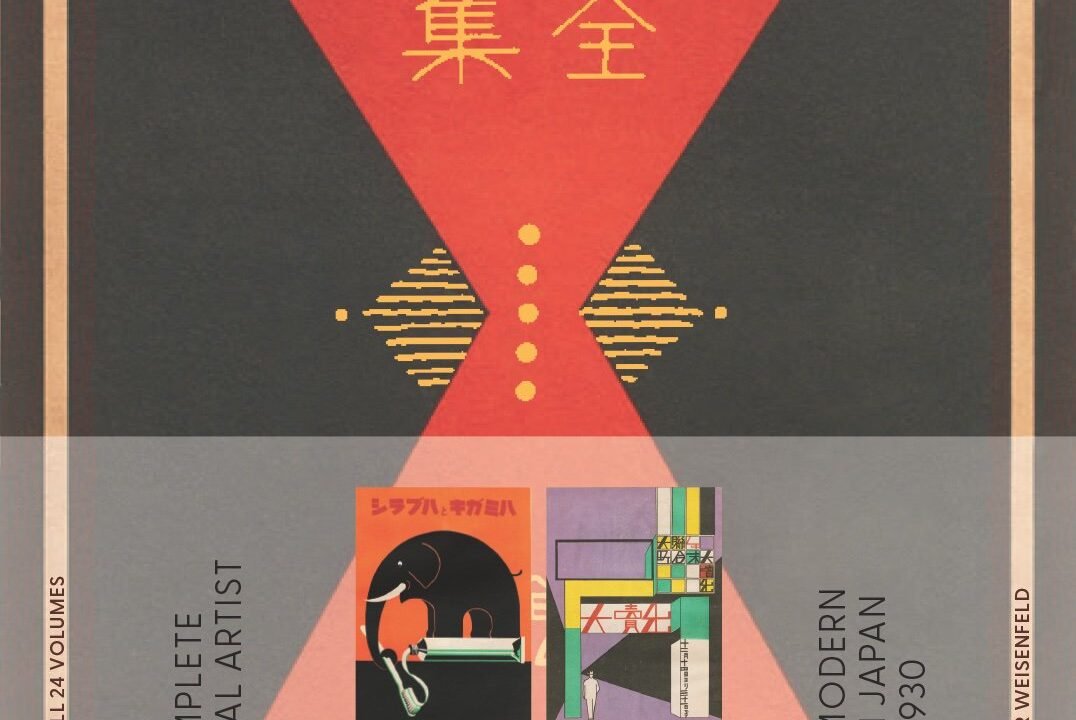
So why was the late 1920s and early 1930s such an interesting time of growth for Japanese commercial art? In Gennifer’s eyes, there’s a few good reasons. Technological advancement is one, with inventions like the rotary press, radios, photography and recording equipment imported from Europe and the US to Japan in the early 19th century, creating what Gennifer calls a “modern culture industry”. It was also impacted by a rise in literacy throughout the nation, as expedited by the implementation of a nationwide education system in 1872; as well as new design and craft schools beginning to open, such as the Tokyo Higher School of Arts and Technology which opened in 1922 and many of TCCA compendium creators met at.
This all resulted in a “rapid boom in consumerism”, says Gennifer, creating sustainable jobs for Japanese artists in a commercial setting, and creating some of the first design studios. “Many commercial establishments, from department stores to major manufacturers, were establishing internal design divisions to develop effective visual and verbal strategies to advertise and market their products.”
Despite this rich history and the vast production of Japanese commercial artists of the period, Gennifer says it’s still a time and locale largely overlooked. “There has been a strong aversion to viewing Japanese commercial culture and mass culture as a legitimate form of creative contribution,” says Gennifer. But, she adds, “perhaps more than anywhere in the world at the time, Japanese corporations and their upper management were taking a hands-on role in spearheading advertising design for everyday consumption.” The book is a means of paying homage to this reality, and putting the beauty of such pioneering work front and centre.











